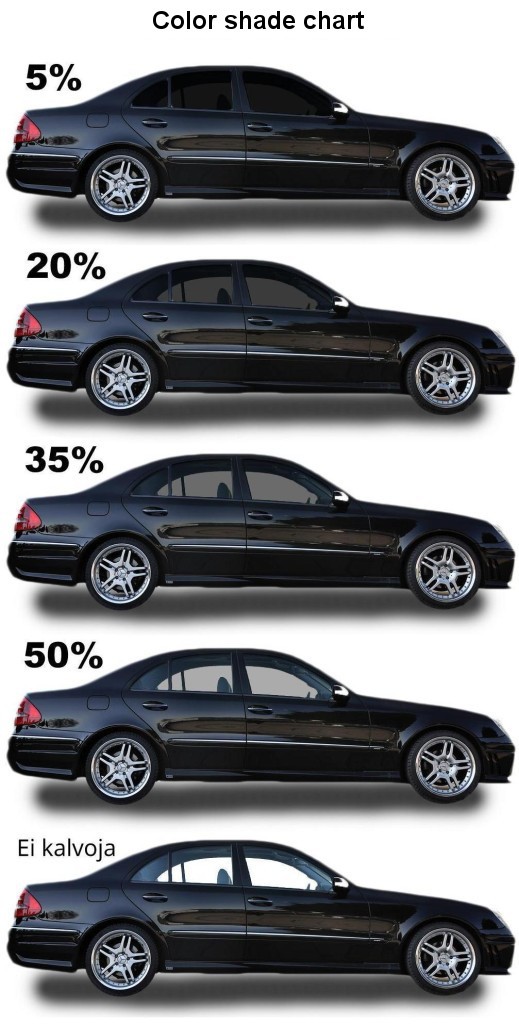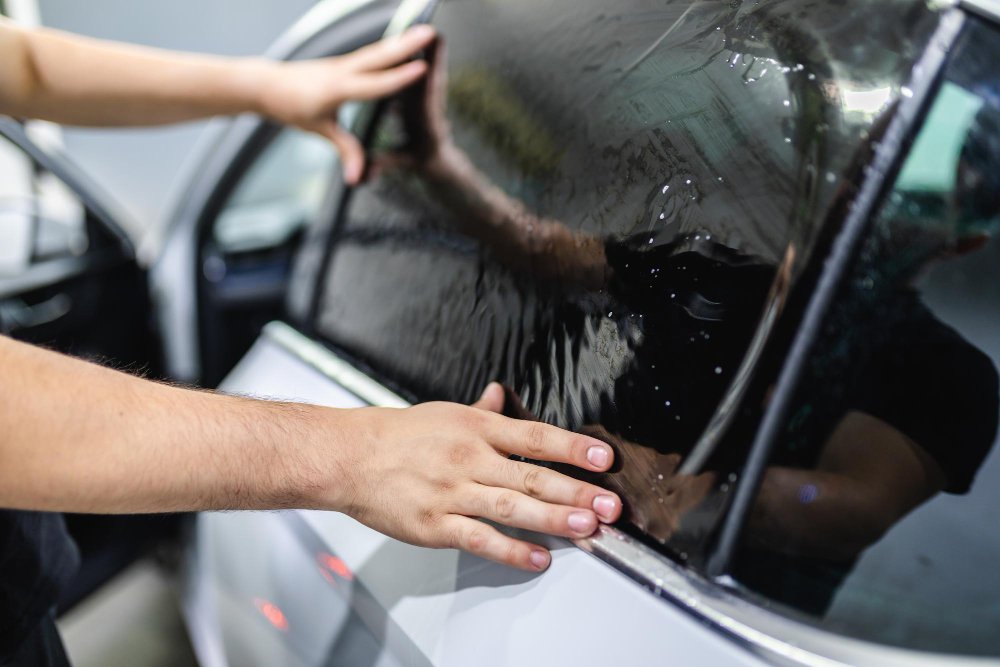Automobile Window Tinting: What to Expect Throughout the Installment Process
Wiki Article
Window Tinting Laws and Standards: What You Required to Know Prior To Tinting Your Vehicle
Before waging window tinting for your vehicle, it is vital to acquaint on your own with the diverse laws and standards that govern this method throughout different states. These policies determine the permitted degrees of tint darkness, frequently gauged by visible light transmission (VLT) portions, and include certain terms for front windshields aimed at guaranteeing roadway security. Additionally, particular jurisdictions may offer medical exceptions for individuals with qualifying problems. Recognizing these intricacies can conserve you from potential legal ramifications, however what are the specific rules in your state?Review of Home Window Tinting Laws
Window tinting laws are frequently based on variant throughout various jurisdictions, mirroring neighborhood regulations and safety factors to consider. These legislations determine the permissible degrees of color darkness and reflectiveness on automobile windows, ensuring that drivers keep sufficient presence while likewise shielding against harmful UV rays and heat.Many policies identify window tinting based upon the Visible Light Transmission (VLT) portion, which indicates the amount of light that can go through the window. Usually, reduced VLT percents signify darker tints. Laws frequently set apart between the front, side, and back windows, with more stringent restrictions related to the front windshield to boost safety for both the chauffeur and various other road individuals.
Additionally, some territories impose constraints on the reflectivity of the tint, protecting against extreme glare that can hinder visibility. Exemptions to these legislations might exist for people with certain medical problems needing added sunlight protection. Conformity with window tinting policies is important, as offenses can lead to penalties, required removal of the color, and potential increases in insurance policy costs. Therefore, it is essential for car proprietors to familiarize themselves with regional regulations before continuing with home window tinting installments.
State-by-State Color Regulations
Understanding the particular home window tinting regulations in each state is vital for car proprietors looking for to abide with the legislation. Each state in the united state has established its own collection of regulations controling home window tinting, which can differ dramatically. These policies usually determine the allowed levels of color darkness, the sorts of home windows that can be tinted, and any medical exemptions that may use.As an example, states like The golden state have rigorous limitations on color darkness for front windows, while others, such as New Mexico, might enable darker tints. Furthermore, specific states mandate specific presence portions for numerous windows, consisting of the windscreen, front side home windows, and back windows. It is important for cars and truck owners to familiarize themselves with their state's laws to prevent prospective fines or penalties.
Furthermore, some states may require an accreditation sticker to be positioned on tinted home windows, showing conformity with state regulations. Failing to comply with these policies not only runs the risk of lawful effects yet can also influence security and presence while driving. Vehicle owners must conduct comprehensive research or speak with neighborhood authorities to guarantee full understanding and compliance with state-by-state tint guidelines.
Allowed Tint Degrees and Kinds
Lots of automobile proprietors may be stunned to discover that allowed tint levels and kinds vary widely across different states. Each state has developed its very own guidelines relating to the permitted darkness and reflectivity of window tint, usually determined by Visible Light Transmission (VLT) percents. VLT describes the quantity of light that can pass via the colored windows; thus, a lower percent indicates a darker color.
Moreover, the sorts of color materials allowed can vary, with some states forbiding metal or mirror-like surfaces. It is crucial for car proprietors to familiarize themselves with their state's specific laws to make sure compliance. Non-compliance can result in fines, required elimination of the tint, or various other lawful effects, making it necessary to recognize these laws prior to continuing with setup.
Medical Exemptions for Tinting
While not all states provide allowances for medical exceptions pertaining to home window tinting, those that do acknowledge the click over here requirement for particular individuals to improve visibility and convenience because of clinical problems. Various medical conditions, such as lupus, skin cancer, and specific eye disorders, can render people specifically delicate to sunshine. These people may call for darker colors to secure themselves from dangerous UV rays and glare.
It is essential to keep in mind that despite a medical exception, there might still be restrictions on the level of tint enabled. Compliance with state regulations ensures that individuals are both protected and within legal restrictions. Those thinking about medical exemptions must call their local Department of Electric motor Vehicles or equal authority to understand the treatments and requirements necessary to get an exemption properly.
Penalties for Non-Compliance
Failing to follow home window tinting laws can bring about significant charges, which differ by state. Law enforcement agencies are equipped to release citations for automobiles that do not stick to the defined tinting laws. These penalties commonly consist of penalties, which can range from small total up to a number of hundred dollars, depending upon the intensity of the offense and the state concerned.In some territories, repeated offenses may lead to rising fines or additional fines, such as compulsory court looks. Non-compliance may require the removal of prohibited tinting, usually at the owner's expense. In severe situations, habitual wrongdoers may face suspension of their automobile enrollment until conformity is attained.
In addition, insurance implications might emerge from obtaining multiple citations for window color offenses. Insurance firms might see such infractions as a sign of riskier actions, possibly causing boosted premiums or trouble in insurance coverage.
To stay clear of these charges, it is vital for vehicle proprietors to familiarize themselves with their regional window tinting legislations and make sure that their vehicle complies (Window Tinting). This positive technique not just avoids lawful implications however also my blog promotes roadway safety and security
Final Thought

A lot of guidelines categorize window tinting based on the Visible Light Transmission (VLT) percent, which suggests the quantity of light that can pass through the window. Compliance with home window tinting laws is essential, as offenses can result in fines, obligatory elimination of the color, and potential rises in insurance policy costs.Comprehending the certain home window tinting regulations in each state is important for vehicle owners seeking to comply with the regulation. These laws frequently dictate the permitted degrees of tint darkness, the types of windows that can be tinted, and any type of medical exemptions that might apply.
For instance, states like California have strict limitations on color darkness for front windows, while others, such as New Mexico, may allow darker tints.
Report this wiki page